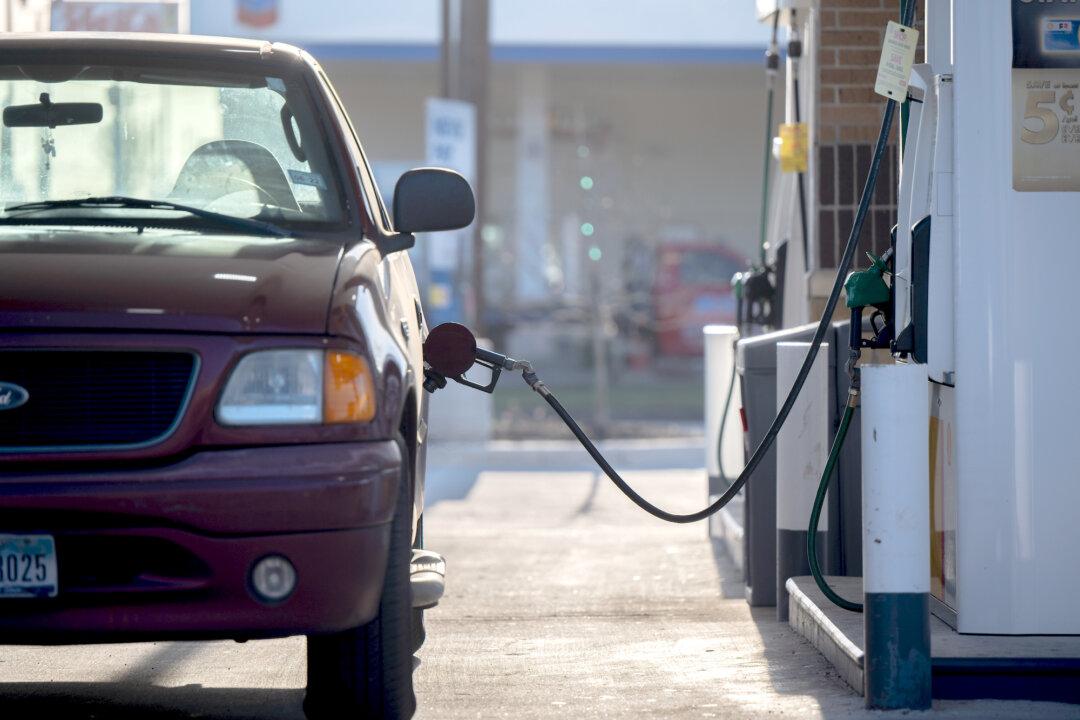The national average for a gallon of regular-grade gasoline rose to $3.686 on April 20, the highest level since November 2022, according to the latest data from the American Automobile Association (AAA).
Since March 29, the national average has risen daily. While gas prices are close to 42 cents lower than they were a year ago, they’ve surged 24 cents over the past month amid higher crude oil prices.





